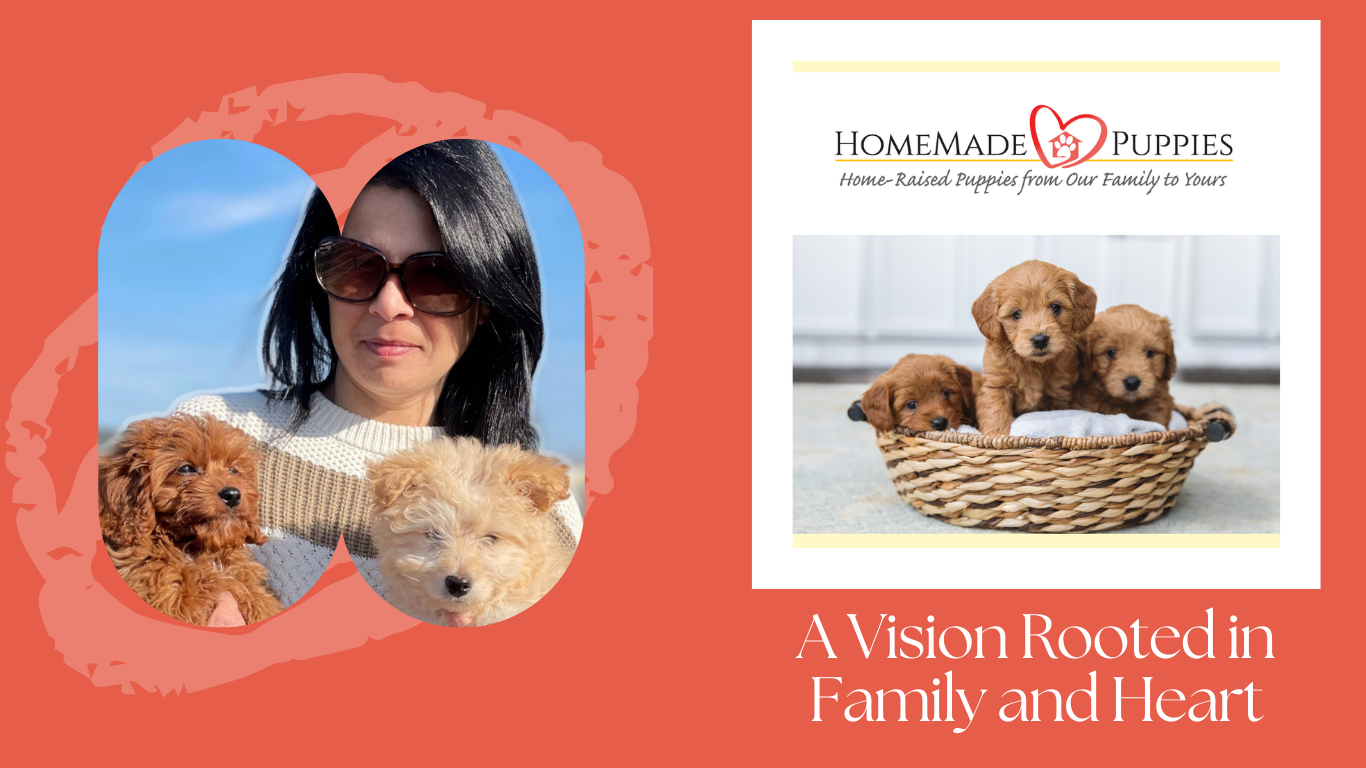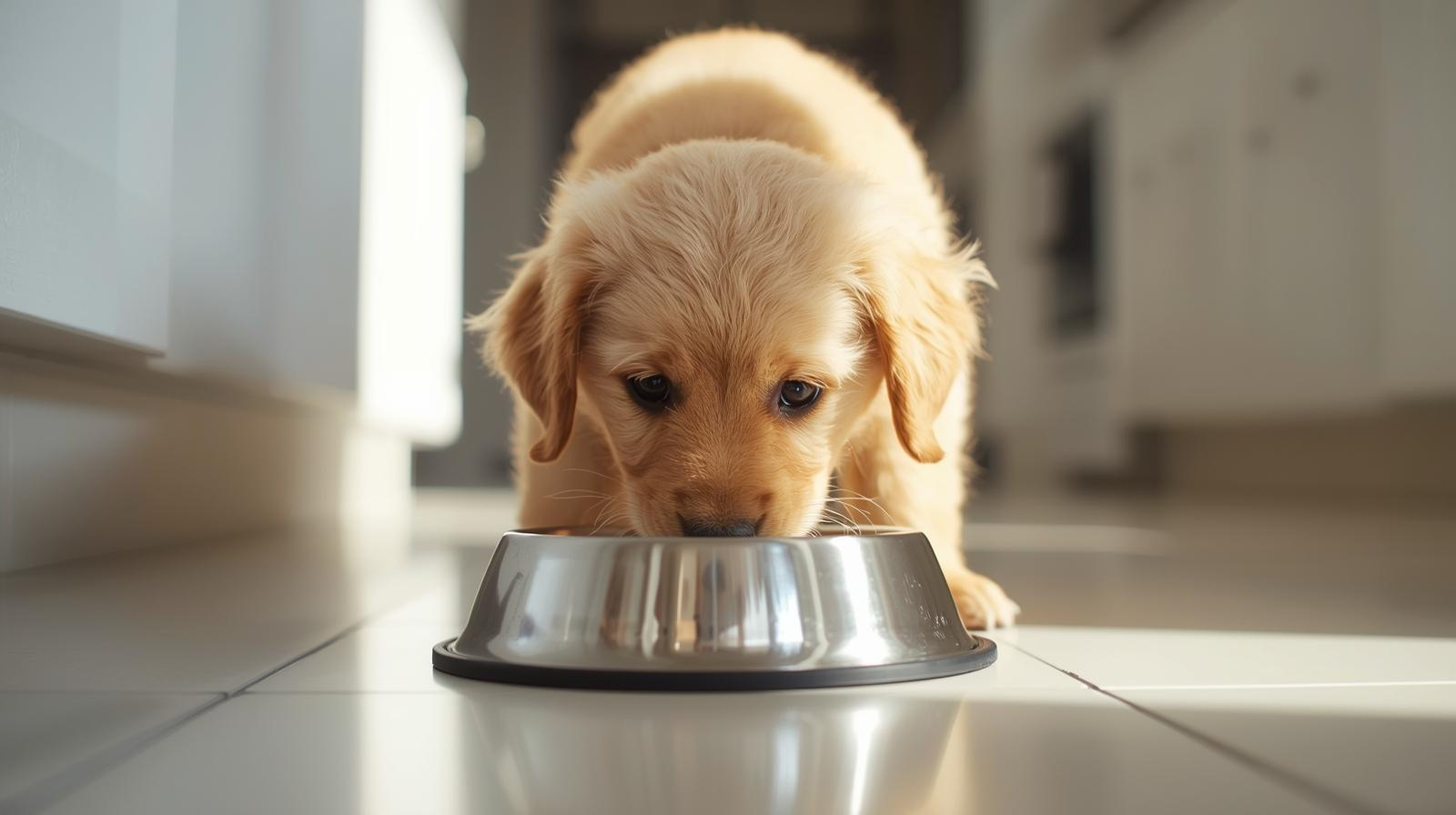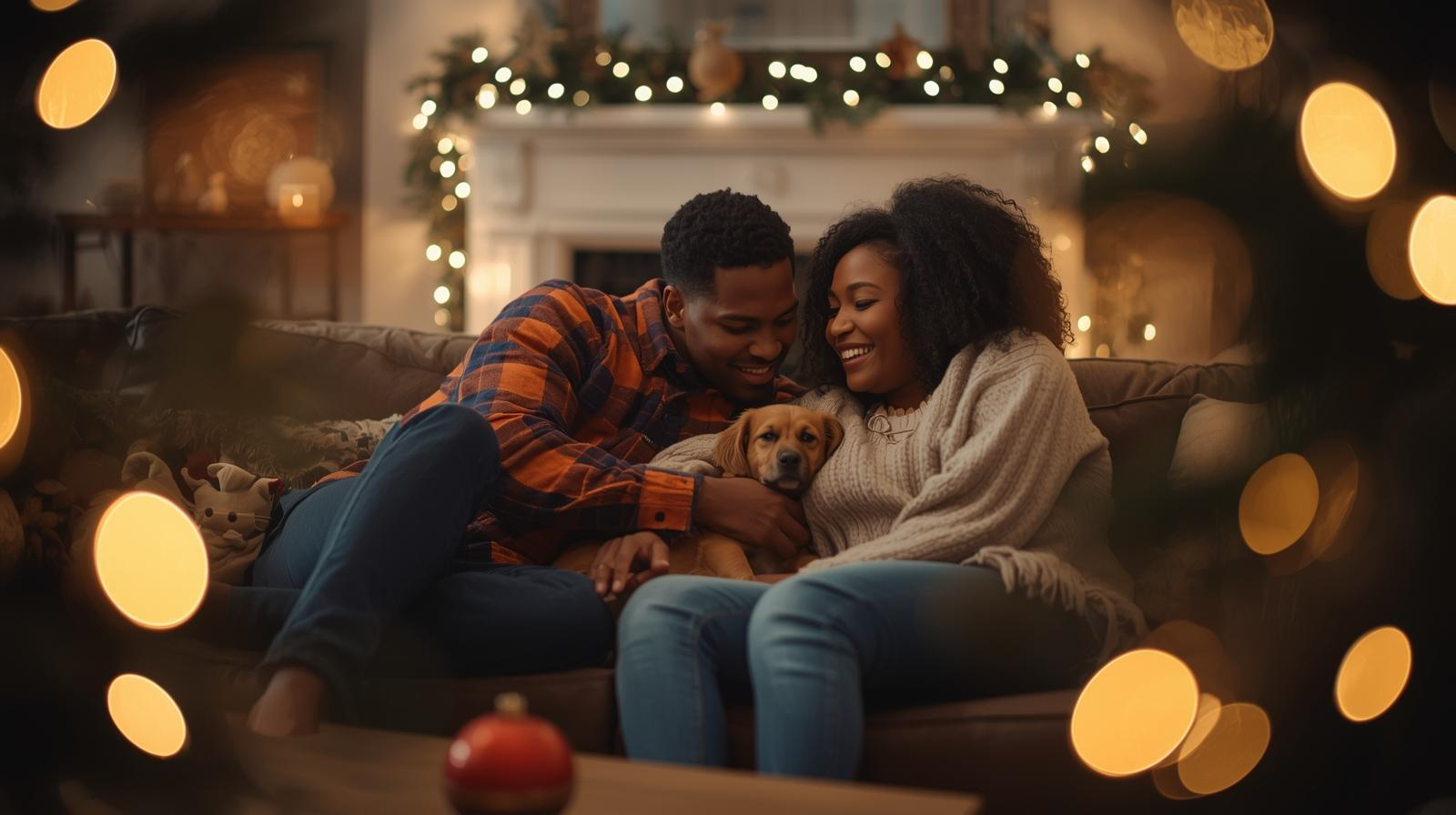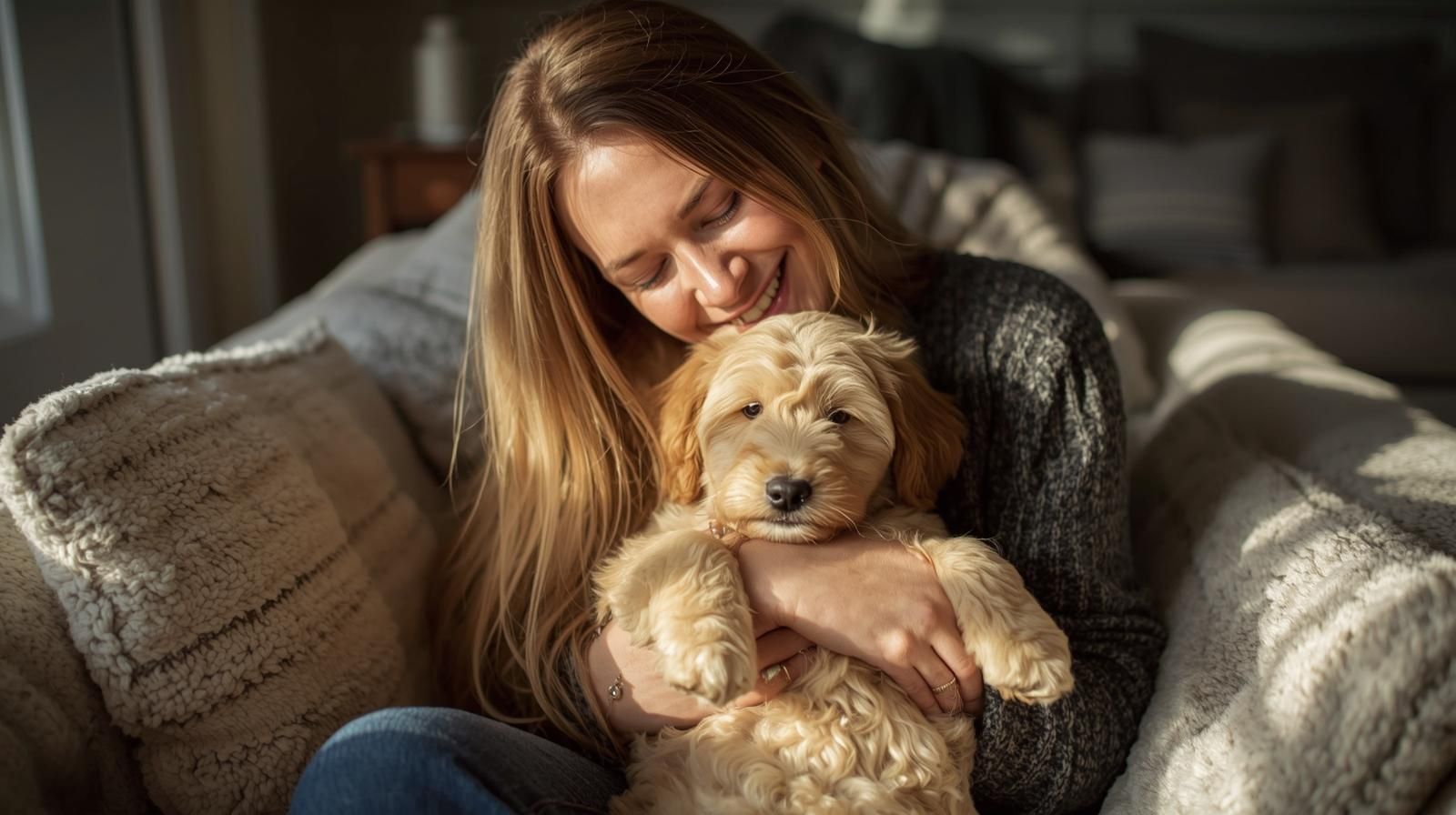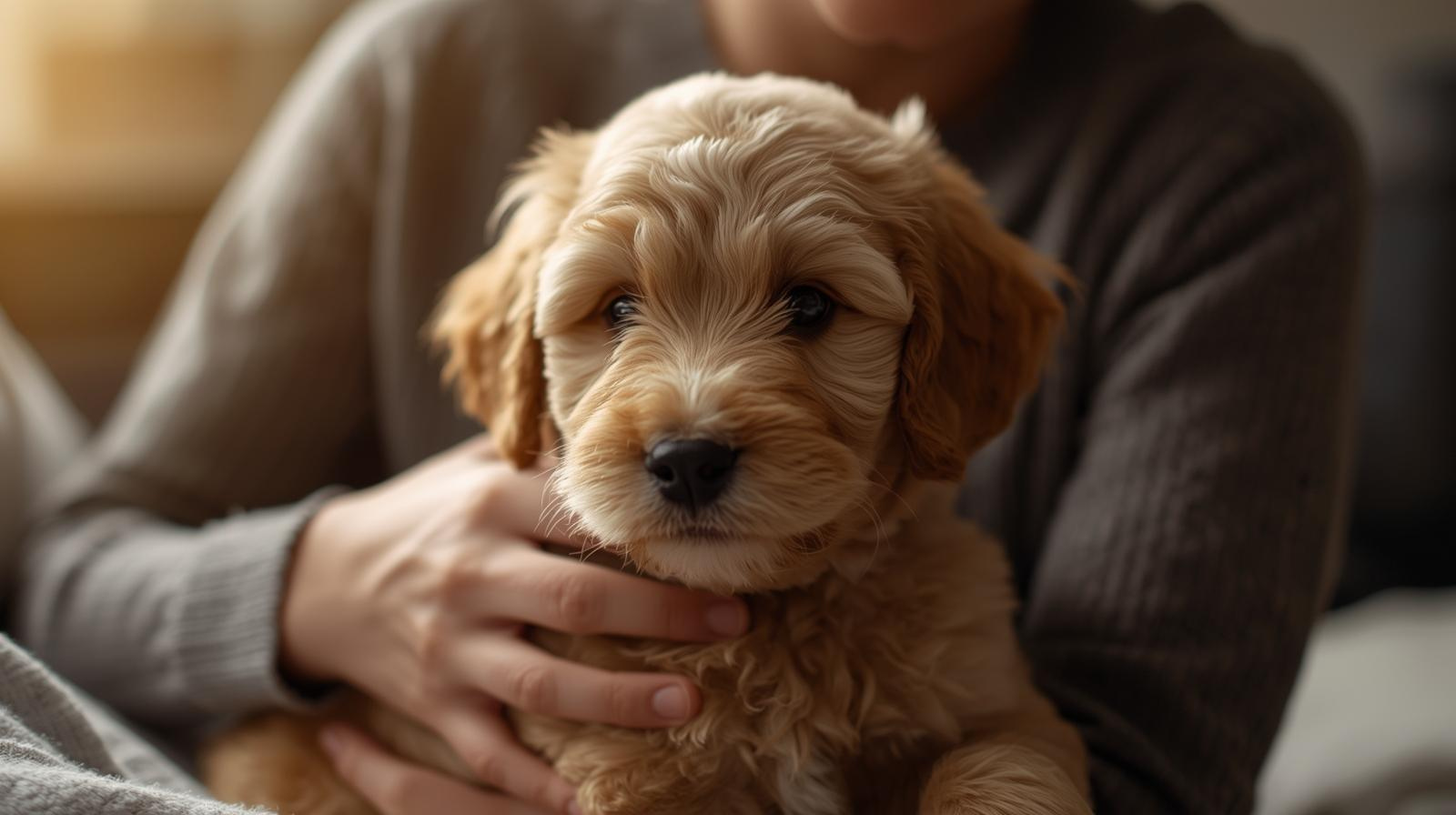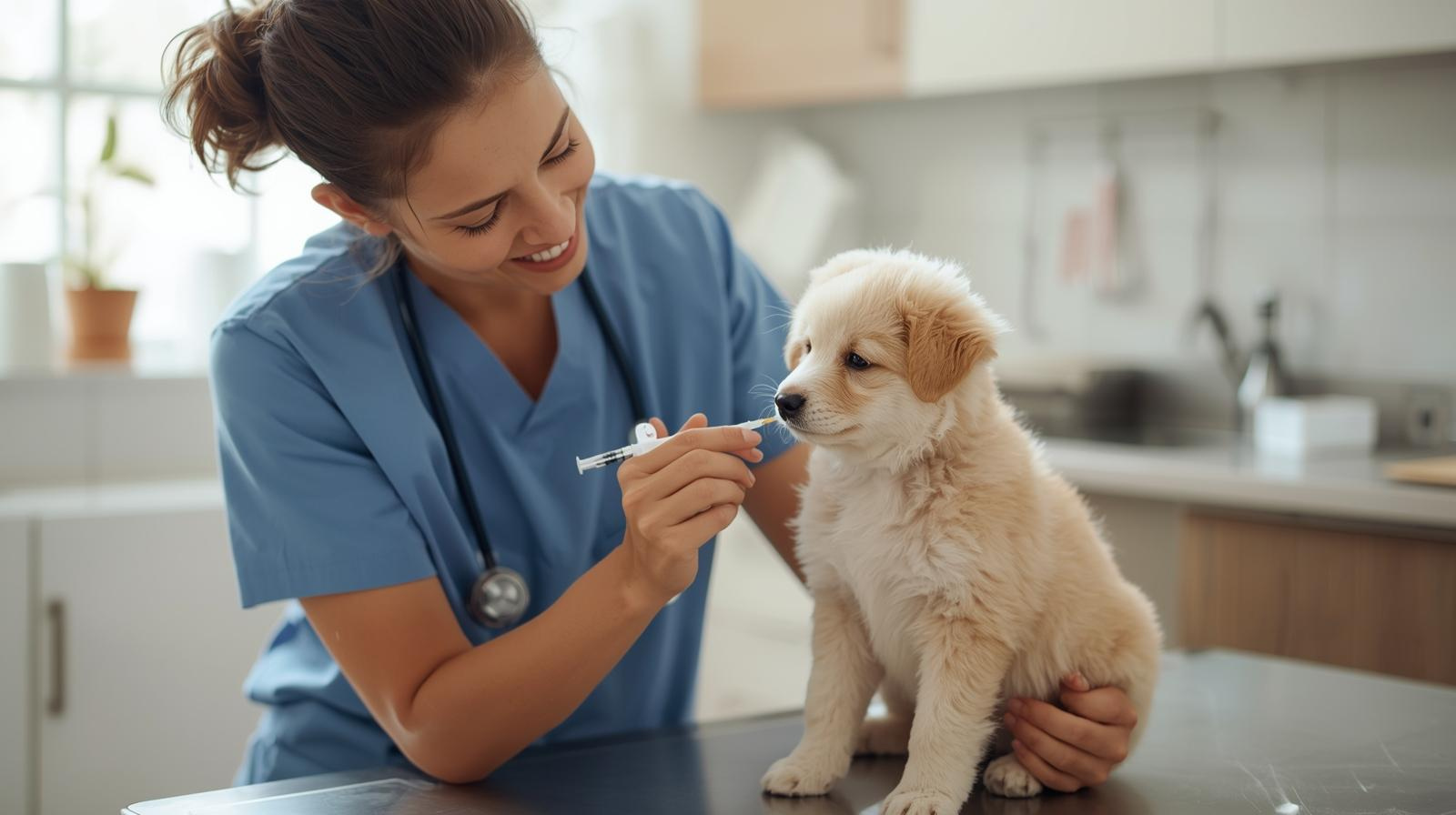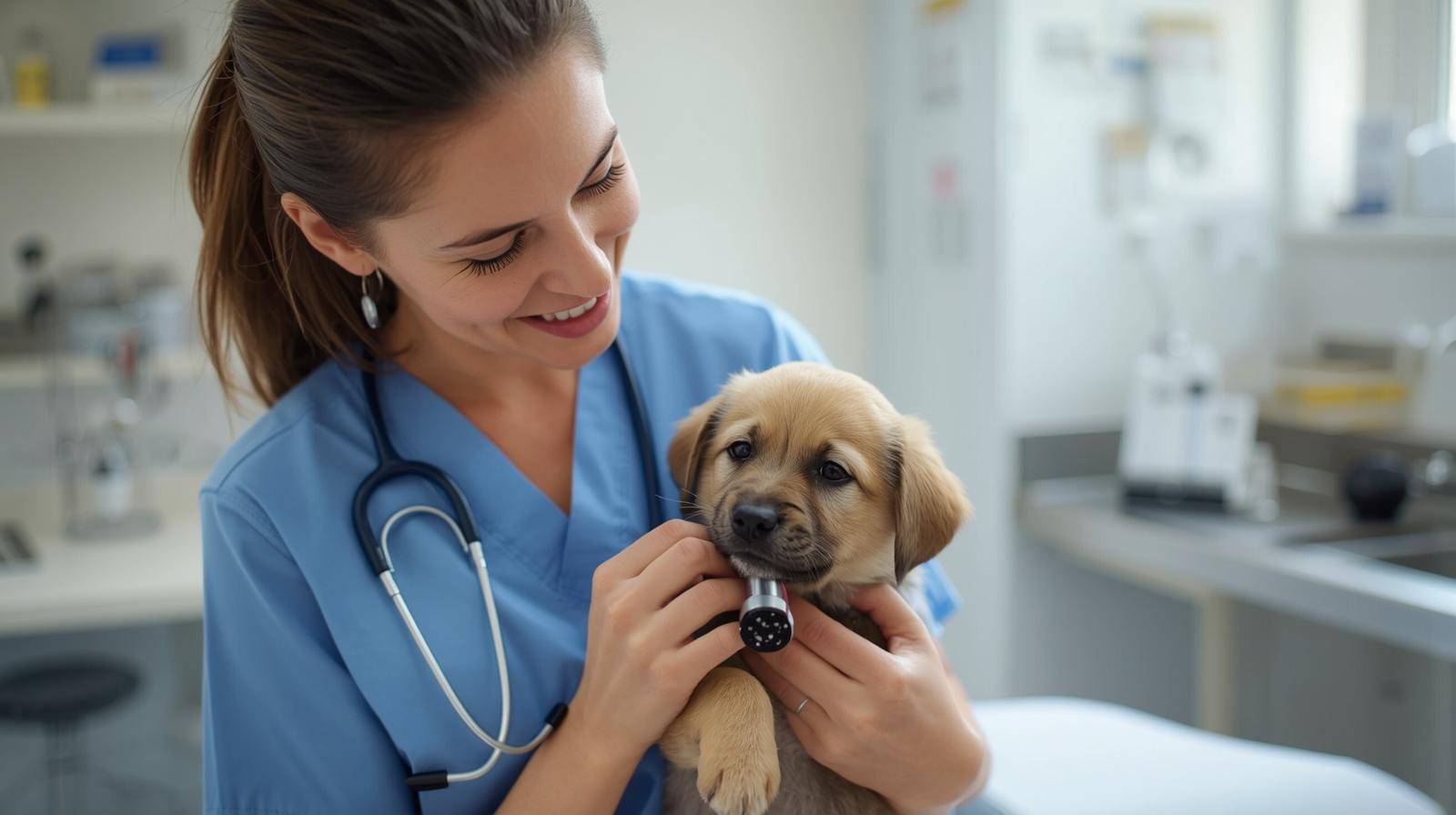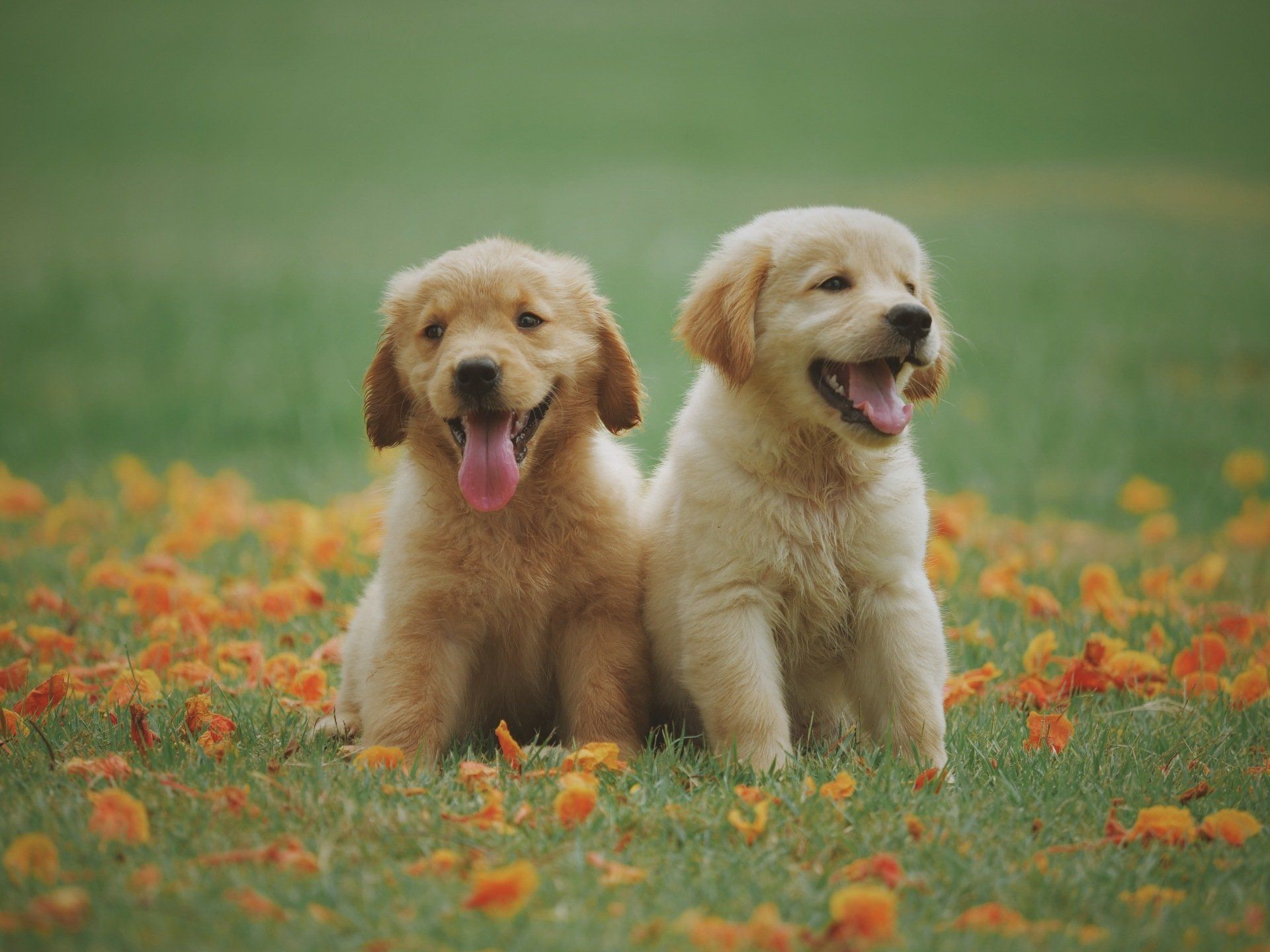Basic Dog Grooming for All Coat Types: A Guide for Families and Breeders
Grooming Is More Than Appearance
Grooming is about more than keeping a dog looking neat. It supports skin health, prevents matting, strengthens your bond, and builds comfort with touch. Regular grooming also helps families and breeders spot early signs of health issues such as:
- Skin irritation
- Ear infections
- Parasites
- Hot spots
- Coat thinning or dandruff
At Homemade Puppies, we encourage families to view grooming as part of a
complete care routine that supports both physical and emotional well-being.
Why Early Grooming Exposure Matters
Early grooming experiences shape how a puppy feels about being handled later in life. Breeders in the Homemade Puppies network introduce gentle grooming during the early weeks, helping puppies learn to stay calm and comfortable with:
- Brushing
- Nail trims
- Light drying
- Ear checks
- Body handling
This early familiarity pays off once puppies go home. Families who continue gentle handling and routine brushing help their dogs build confidence and relaxation during grooming sessions. Grooming becomes a familiar, positive routine rather than a stressful one.

Understanding Coat Types
Different coat types need different levels of care. Knowing your dog’s coat style guides how often and how thoroughly you should groom.
Short Coats
Breeds with sleek coats like Boxers or Beagles need weekly brushing to remove loose fur and distribute natural oils. A soft-bristle brush or rubber curry tool works best.
Medium Coats
Dogs with moderate-length coats, such as Cocker Spaniels or Aussies, benefit from brushing
several times a week to prevent tangles. A slicker brush and comb reach through the layers.
Long Coats
Long-haired breeds require frequent brushing — often daily — to prevent matting and breakage. A pin brush or steel comb keeps coats smooth. Trimming around the eyes and paws helps maintain cleanliness.
Curly or Wavy Coats
Breeds like Poodles, Goldendoodles, and Portuguese Water Dogs need routine brushing to prevent mats and
regular professional grooming to maintain coat health. At home, pair a slicker brush with detangling spray.
Double Coats
Breeds such as Huskies, German Shepherds, and Golden Retrievers have two layers of fur. A slicker brush and undercoat rake remove loose fur and reduce shedding buildup — especially during spring and fall shedding seasons.
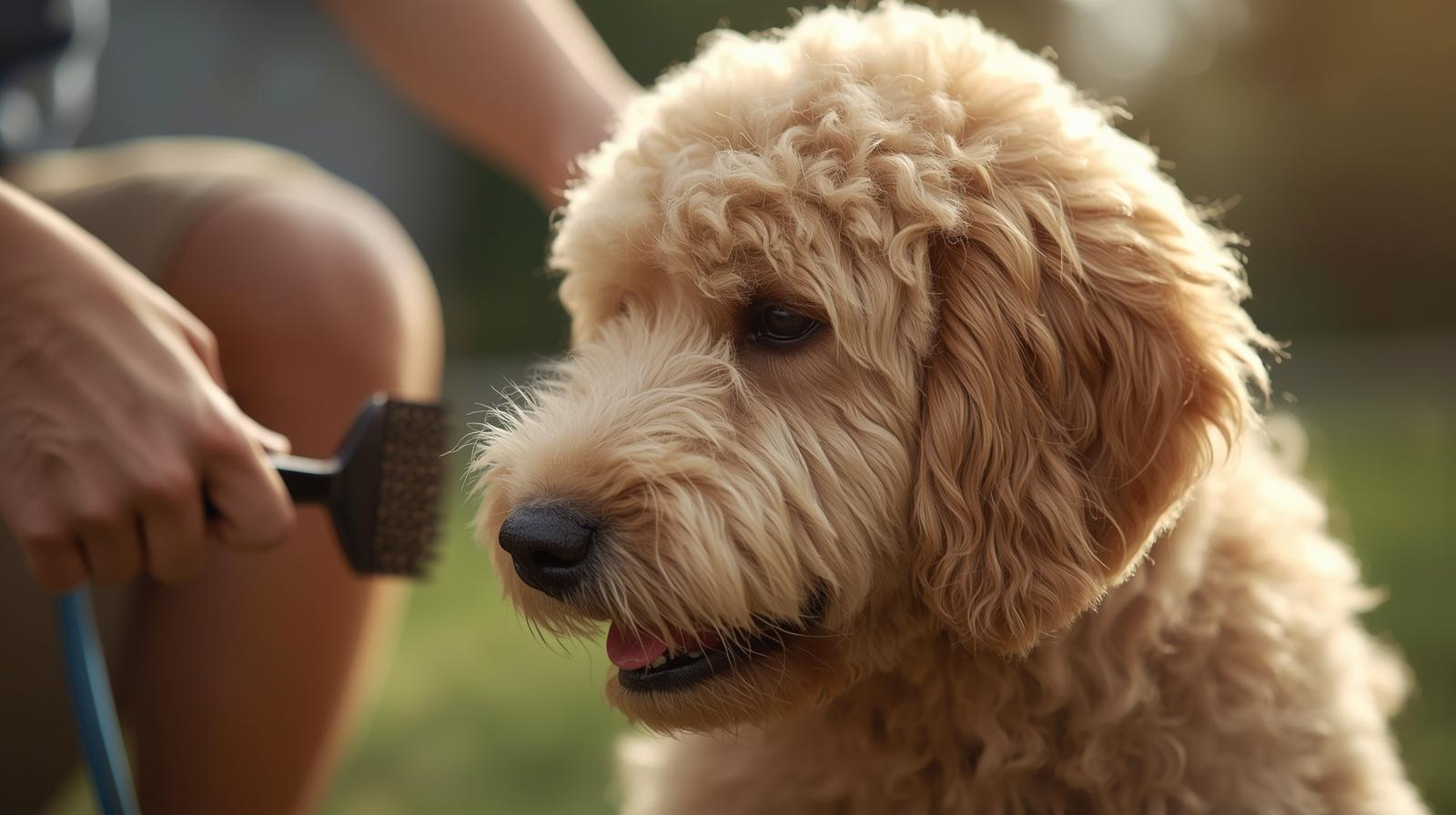
Bathing Basics
Bathing frequency depends on coat type, lifestyle, and environment. Most dogs do well with a bath every four to six weeks.
Tips for healthy bathing:
- Use a gentle, dog-specific shampoo
- Rinse thoroughly to prevent skin irritation
- Keep baths short and calm for puppies
- Gently towel-dry or use a low-heat dryer
- Pair the experience with soft praise and treats
The goal is to make grooming a positive routine, not a chore.
Recommended Grooming Tools
These trainer-approved and breeder-trusted tools help make grooming easier and more enjoyable:
- Chris Christensen Slicker Brush – ideal for curly, wavy, and long coats
- Furminator Undercoat Deshedding Tool – reduces shedding for double-coated breeds
- Andis Steel Comb – perfect for finishing work and detecting tangles
- Burt’s Bees Hypoallergenic Shampoo – gentle for puppies and sensitive skin
- Paw Brothers Nail Clippers – sturdy and safe for regular trims
Always pair tools with patience, praise, and consistency. The goal isn’t perfection — it’s comfort and trust.
How Families Can Build Confidence
Start slowly, use plenty of positive reinforcement, and end on a good note. Try brushing your dog while they unwind after dinner or play.
Short, calm sessions help your dog:
- Relax during handling
- Build grooming tolerance
- Associate touch with comfort
- Trust you more deeply
Confidence grows through repetition and gentle exposure.
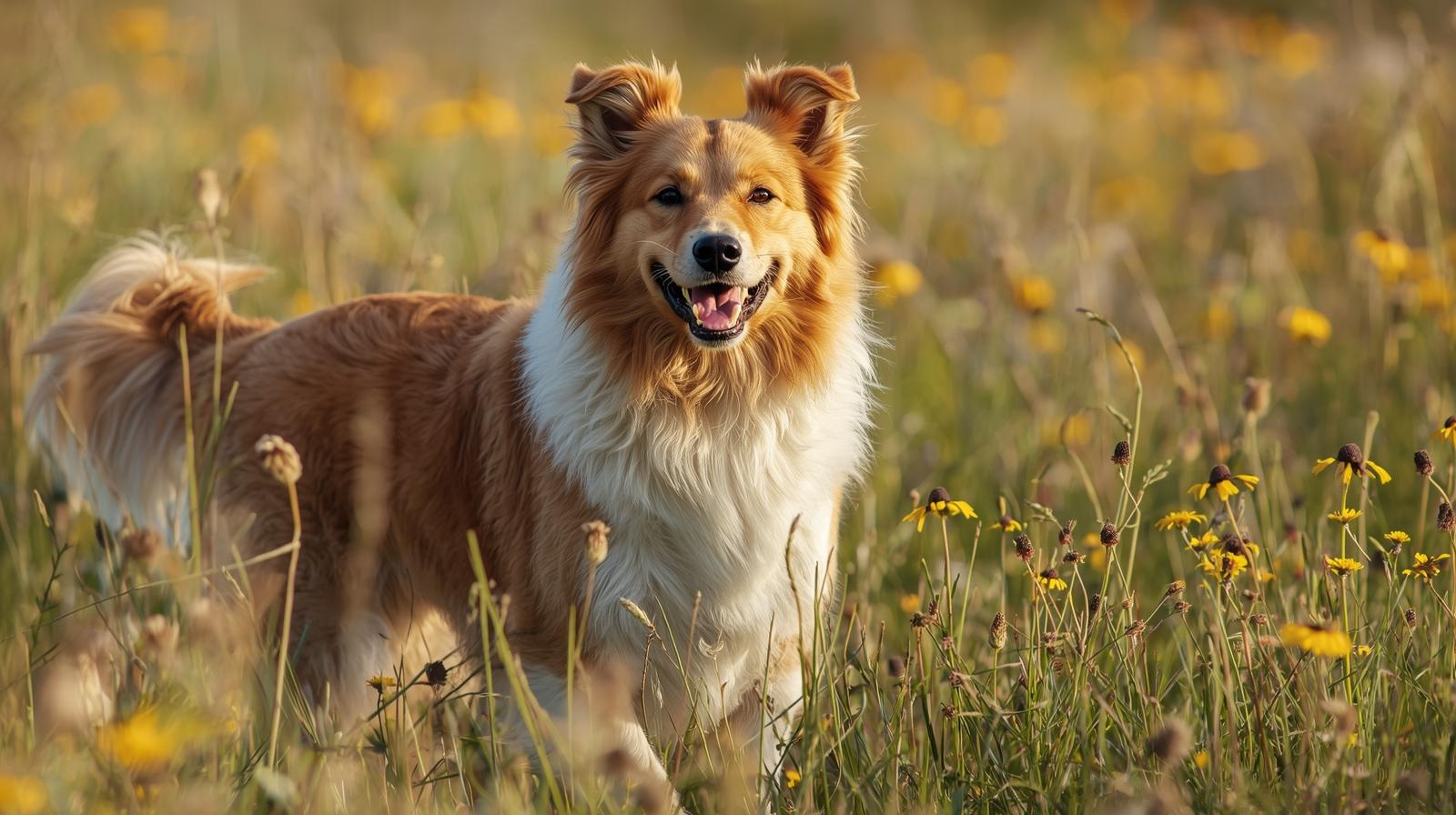
Closing Thought
Good grooming habits begin early and last a lifetime. By understanding coat care, using the right tools, and approaching grooming with patience, you set the stage for a confident, happy, and well-cared-for dog.
Every brush, bath, and gentle touch builds trust — and that trust is what makes the relationship between dogs and families truly shine.

